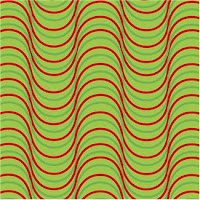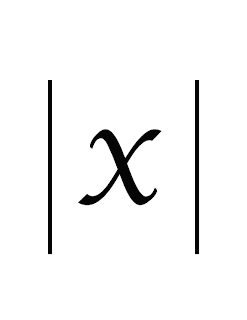In reviewing my information on triangles, I realized I had some trouble recalling the terminology of some of the angles. I decided to type some of the main ideas for my blog to help refresh my brain.
Most of us can probably recognize a 90-degree angle, otherwise called a right angle. This is where two perpendicular straight lines intersect. Corners of books, tables, chair legs, picture frames, appliances, and shoeboxes are all examples of right angles. For right triangles, they might not necessarily have the same length of sides.
 |
| Right Angle |
The second type of angle I needed to review was the acute angle. I envision my kids saying “oh, isn’t that a cute little….(fill in the blank)” This helps me think of an acute angle as being something smaller. Smaller than what? An acute angle is smaller than a right 90-degree angle. This means that the acute angle must be within 0 and 90 degrees. This would be the equivalent of looking at a clock and the angle of the hands are between the 12, which is straight up and the 3 which is at 90-degrees going clockwise in the circle.
 |
| Acute Angle |
The final type of angle I want to cover is the obtuse angle. When I think obtuse I somewhat correlate it with obese, which to me says “big”. It might not be the most politically correct way to think about it, but it works for me. An obtuse angle is one that measures between 90-degrees and 180-degrees. If we recall that 90-degrees is the edge where two perpendicular lines meet, greater than 90-degrees would be the space between that right angle and before you hit a half circle. So this would correlate to one clock hand being at 12, and the other between 3 and 6.
 |
| Obtuse Angle |
Angles should not scare people when they start learning geometry. It is actually quite fun to solve the measures of an angle based on information about the others. Yes, I am a math geek!
Here is an alien angle game where you need to estimate how far to move the line to create the appropriate angle. Alien Angles Game








